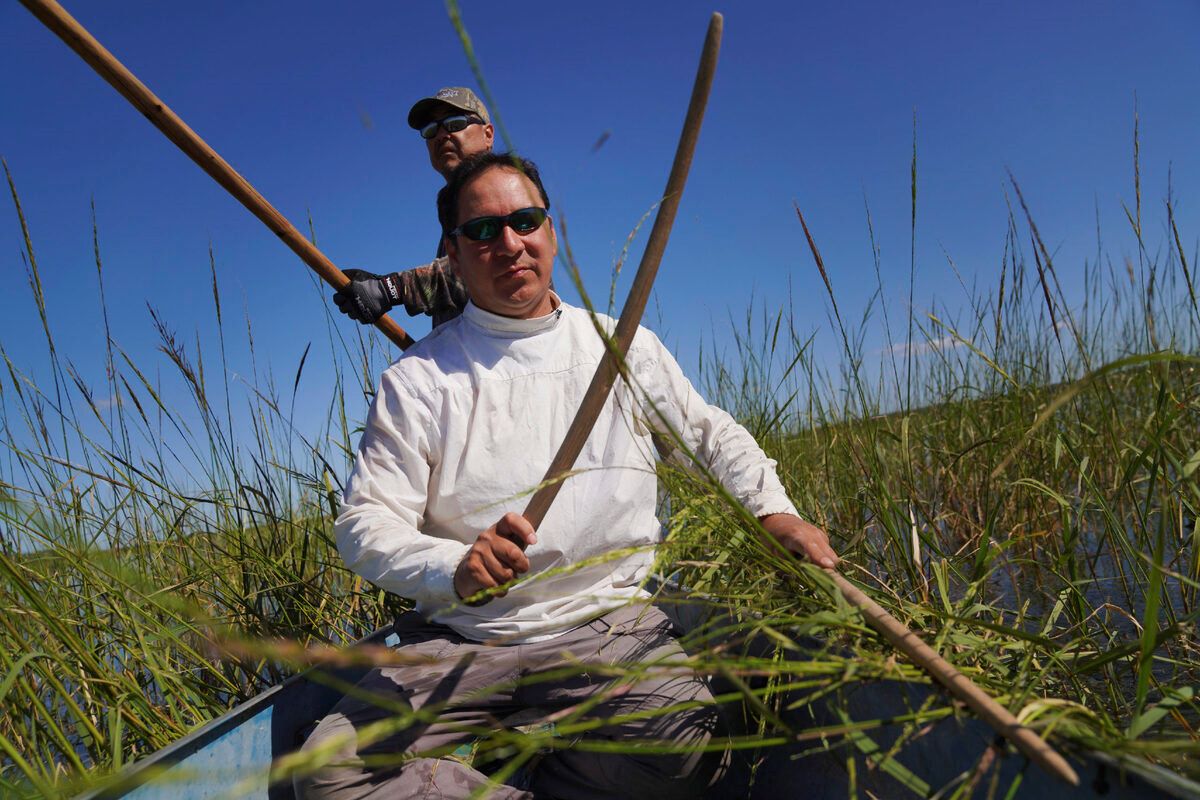Secrets Of Native Harvest Grounds In The Wild Rice

Have you ever wondered where wild rice comes from? This unique grain, often seen in gourmet dishes, has a rich history tied to Native American culture. Wild rice grows naturally in the shallow waters of lakes and rivers, primarily in the Great Lakes region. Native tribes have harvested this grain for centuries, using traditional methods passed down through generations. The process involves paddling canoes through rice beds and gently knocking the grains into the boat. This sustainable practice ensures that the plants continue to thrive year after year. Learning about these traditional harvest grounds offers a glimpse into the deep connection between the land and its people.
Discovering the Secrets of Native Harvest Grounds
Wild rice, a staple in many indigenous cultures, grows in specific regions. These areas, often hidden from the casual traveler, hold rich histories and traditions. Let's explore some of these fascinating places.
1. Minnesota's Lakes and Rivers
Minnesota, known as the "Land of 10,000 Lakes," offers numerous spots where wild rice thrives. The state's waterways provide ideal conditions for this aquatic grass.
- Leech Lake – A large, shallow lake perfect for wild rice growth. The local Ojibwe community has harvested here for generations.
- Lake Winnibigoshish – Another prime location, known for its abundant wild rice beds. It's a favorite among both locals and visitors.
- Mississippi River – Particularly in the northern stretches, wild rice grows in abundance. This river has been a vital resource for many tribes.
2. Wisconsin's Wetlands
Wisconsin's wetlands create a perfect environment for wild rice. These areas are not only beautiful but also culturally significant.
- Bad River Reservation – Located near Lake Superior, this reservation is home to extensive wild rice fields. The Bad River Band of the Lake Superior Tribe of Chippewa Indians manages these lands.
- Turtle-Flambeau Flowage – A mix of lakes, rivers, and wetlands, this area supports a healthy wild rice population. It's a hidden gem for those seeking natural beauty.
- Menominee Reservation – The Menominee people have a deep connection to wild rice, and their reservation is a testament to their sustainable harvesting practices.
3. Michigan's Upper Peninsula
Michigan's Upper Peninsula, with its cool climate and abundant waterways, is another hotspot for wild rice.
- Keweenaw Bay – This bay on Lake Superior's southern shore is rich in wild rice. The Keweenaw Bay Indian Community has long harvested here.
- Hiawatha National Forest – This vast forest contains numerous lakes and wetlands where wild rice grows. It's a great place for nature enthusiasts.
- Sault Ste. Marie – Near the border with Canada, this area has a strong tradition of wild rice harvesting. The local tribes continue to maintain these practices.
4. Canada's Wild Rice Regions
Canada, with its vast wilderness, also hosts several important wild rice areas. These regions are crucial for both ecological balance and cultural heritage.
- Lake of the Woods – Straddling the border between Minnesota and Ontario, this lake is a major wild rice producer. The Anishinaabe people have harvested here for centuries.
- Manitoba's Wetlands – Particularly around Lake Winnipeg, wild rice thrives in these wetlands. The local indigenous communities play a key role in its preservation.
- Saskatchewan's Northern Lakes – In the northern part of the province, wild rice grows in many lakes. These areas are remote but rich in natural resources.
5. California's Tule Marshes
California might not be the first place that comes to mind for wild rice, but its tule marshes are an exception. These wetlands offer a unique environment for wild rice.
- Sacramento-San Joaquin Delta – This delta is a crucial habitat for wild rice. The area's indigenous tribes have a long history of harvesting here.
- Clear Lake – Located in Northern California, Clear Lake supports wild rice growth. It's a beautiful spot with a rich cultural background.
- Klamath Basin – Straddling the California-Oregon border, this basin is home to extensive wild rice fields. The Klamath Tribes have traditionally harvested in this region.
Embracing the Richness of Native Harvest Grounds
Understanding the secrets of native harvest grounds in the wild rice regions opens a window into a world of tradition and natural beauty. These areas are not just about gathering food; they represent a deep connection to the land and its history. Visiting these places offers a unique chance to learn about sustainable practices and the cultural significance of wild rice.
Whether you're an avid traveler or someone who appreciates nature, exploring these harvest grounds can be a rewarding experience. You'll gain insights into the delicate balance between humans and nature, and perhaps even develop a newfound respect for the environment. So next time you plan a trip, consider adding these special places to your itinerary. The stories and experiences you'll gather will be as rich as the wild rice itself.

